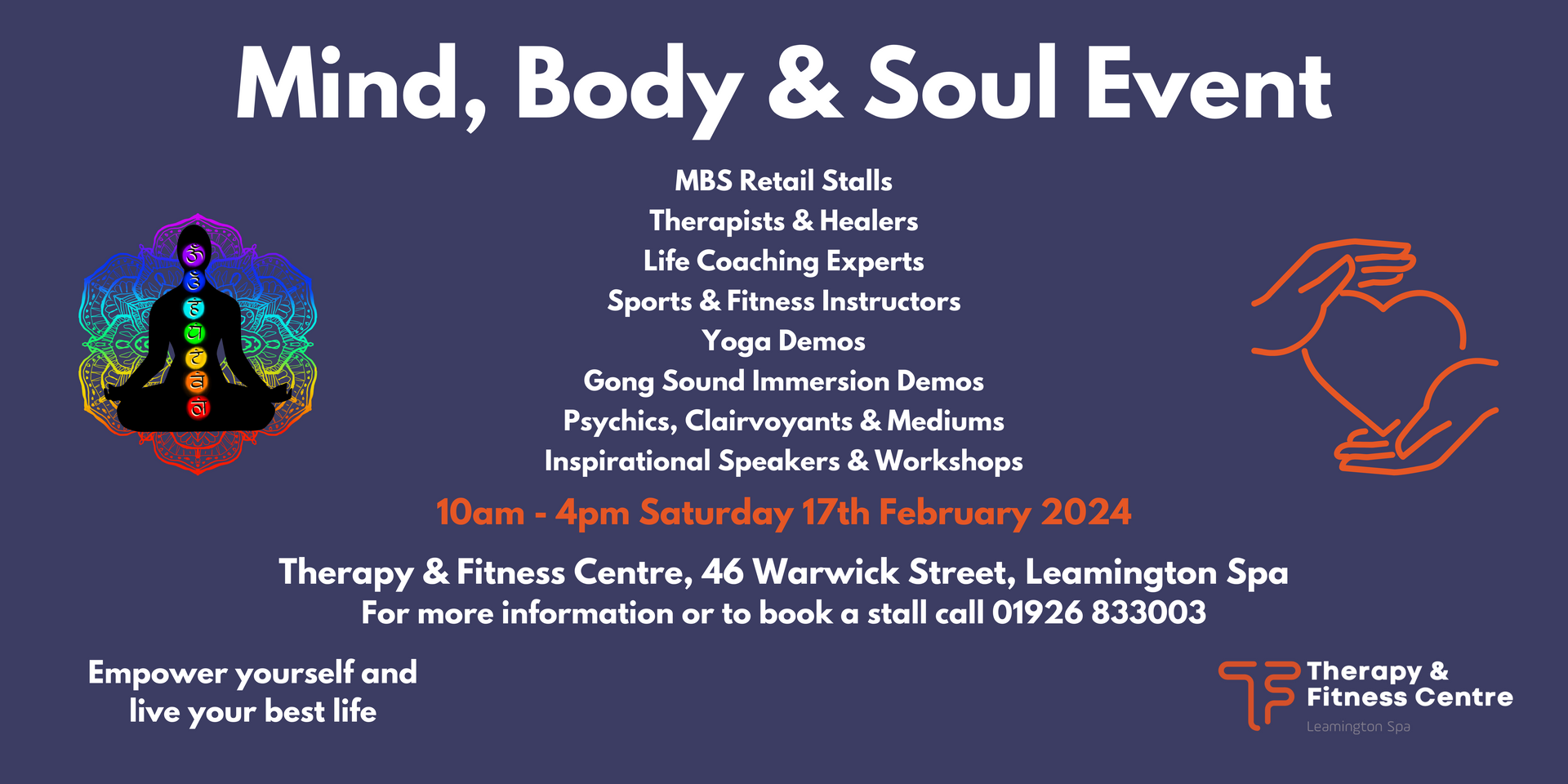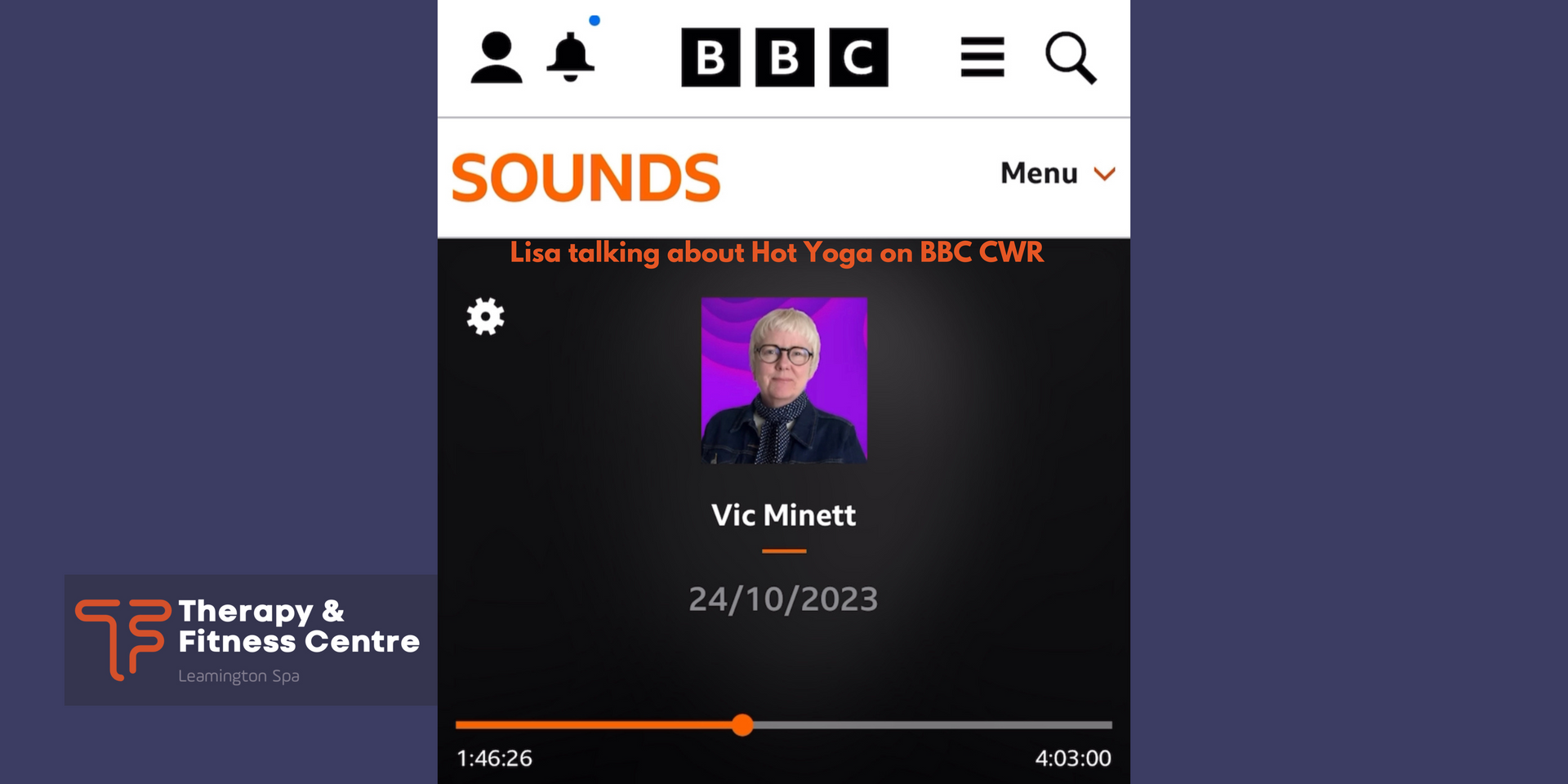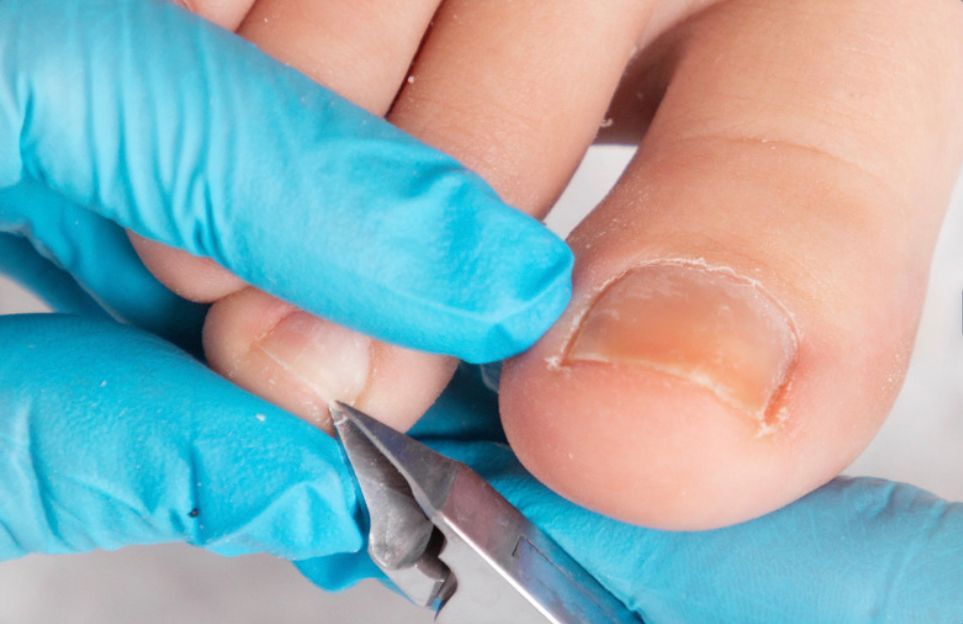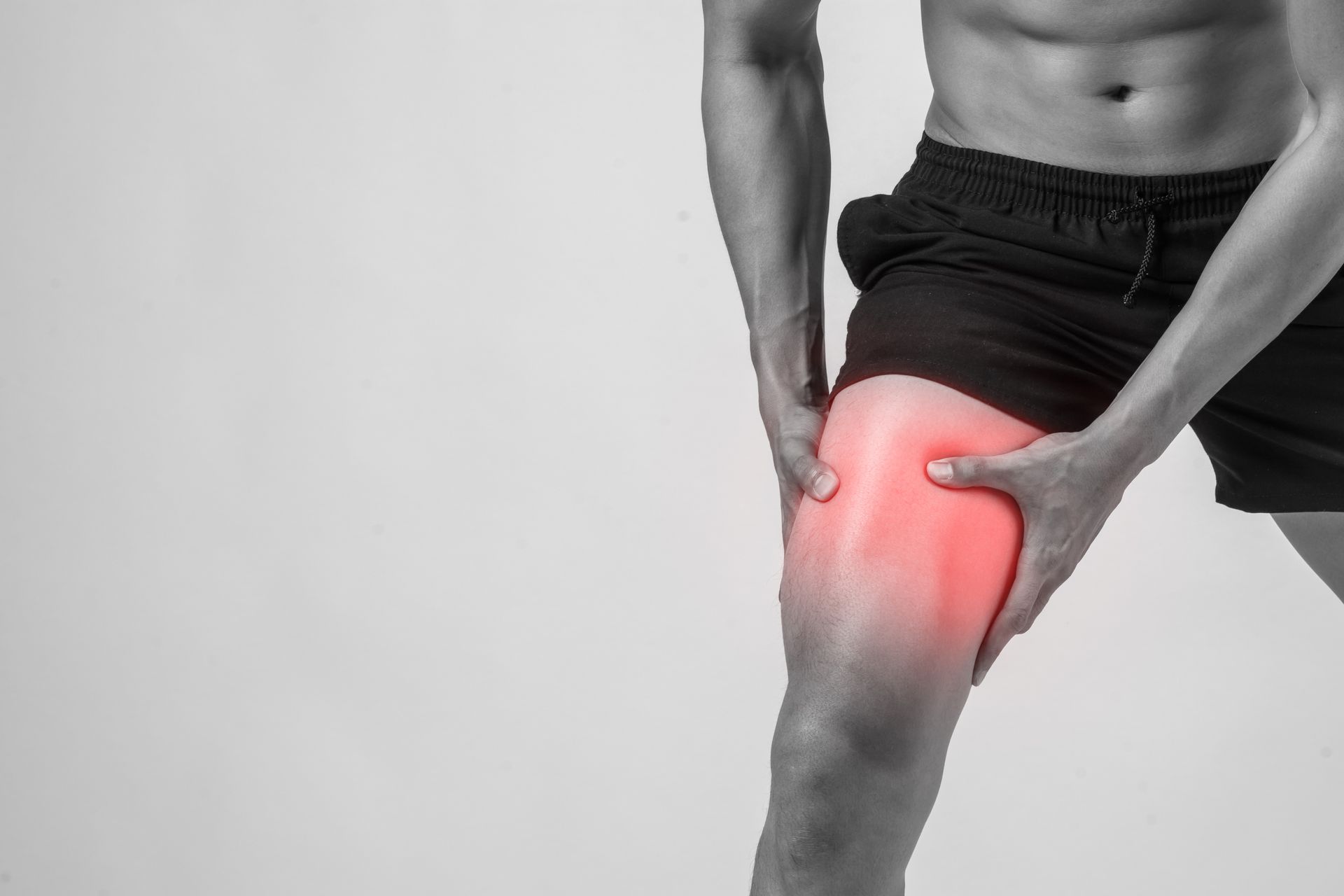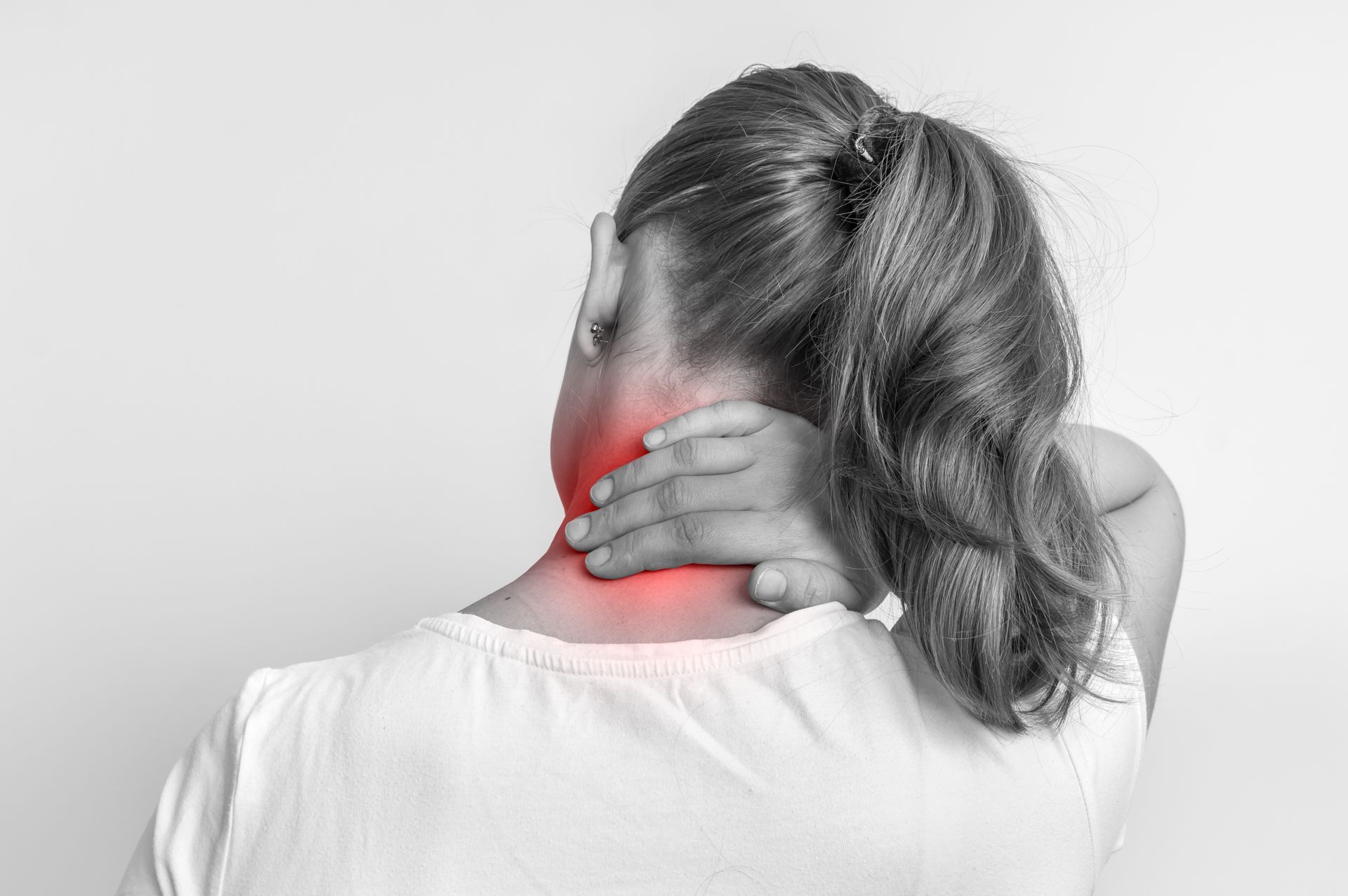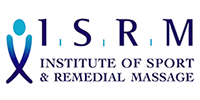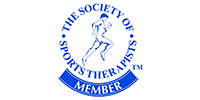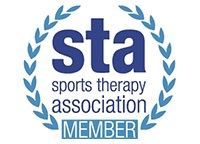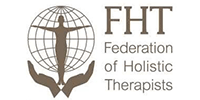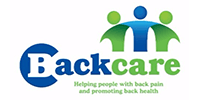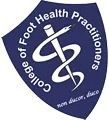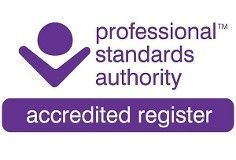THE LEAMINGTON THERAPY CENTRE COVID-19
Lisa Moore • March 20, 2020
At The Leamington Therapy Centre the health and well-being of all our clients, therapists, and their families is vitally important to us. At the present time we remain open for business as usual. We are closely monitoring the situation and will be following all relevant government advice.
None of our therapists have shown any symptoms or had to self-isolate and none have any connection with anyone that has. We are not aware of having treated anyone symptomatic either. Please be assured that if that situation were to change we would take immediate and appropriate action.
We continue to maintain the highest standards of hygiene and cleanliness above and beyond the standard guidelines. Hand sanitiser is used and all couches thoroughly cleaned after each use. With these and our other measures we are doing everything we can to curb the spread of this virus.
We understand that you will be concerned as to your own health and that of your family and friends and do of course appreciate that some of you may wish to cancel, postpone or suspend treatments. For the time being
we will halt cancellation charges.
We want to continue treating you if you want to continue being treated by us. It is perhaps more important than ever to keep ourselves in the best possible physical and mental health.
Lisa, Gemma and James.
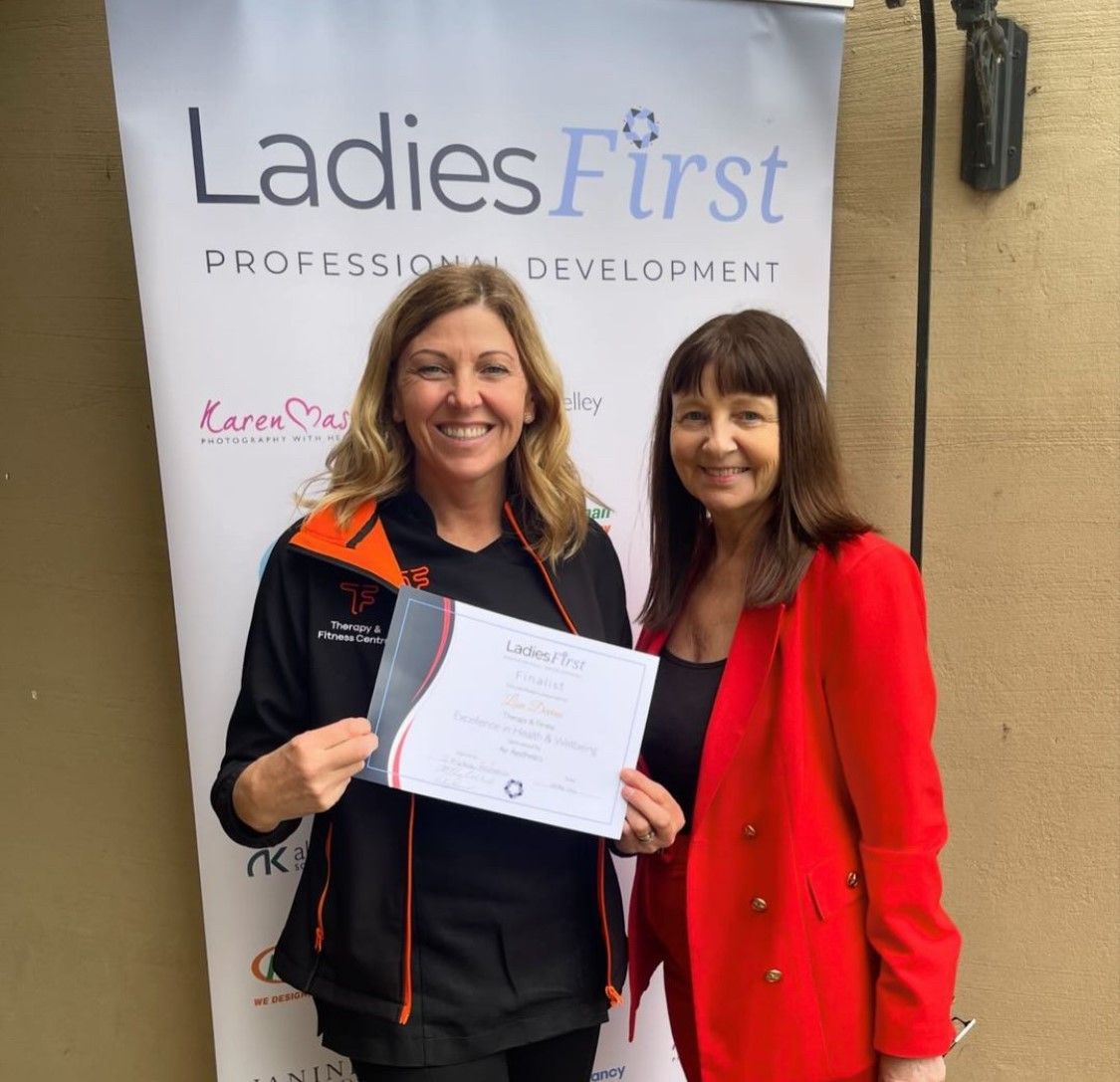
The second time in a row Lisa has been announced as a finalist in the Ladies First Health and Wellbeing category at this years awards ceremony which will be held at the Dallas Burston Polo Club on Thursday 13th June. Last year Lisa won the award which was held at Coombe Abbey Hotel. Will Lisa hold the title for the second year?
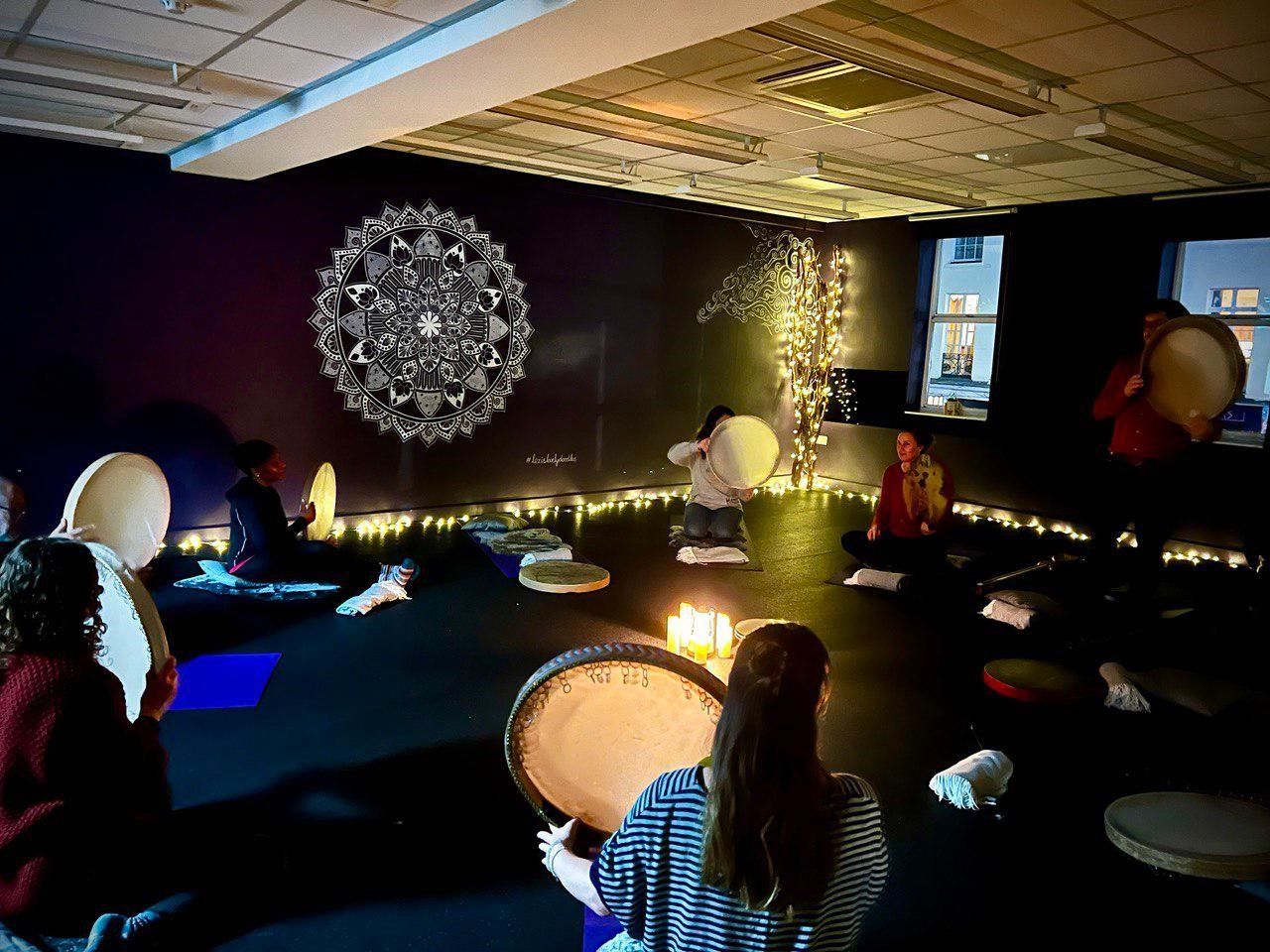
Join us every 3rd Tuesday of the month for Bev and her Heart Meditation Drumming Circle from 7pm for beginners and 8.15pm for those who have attended at least twice before. Become more connected with your heart and practice the ancient art of heart beat meditation. Unlocking lower stress levels, conscious breathing and a better nights sleep along with an art of drumming. The heart holds the key to unlocking your true potential. Daf drums, (Frame drums) provided. Join us as we focus on the heart for a £5 - £10 donation to cover expenses and any additional goes to charity. To book your place click HERE .

Whether you’re struggling with the symptoms of everyday stress, or are experiencing a big change in your life that is activating feelings of anxiety, it can have an adverse affect on your emotional and physical wellbeing. When your mind is in turmoil, it can be difficult to figure out how to diffuse the feelings of stress, so why not try taking the focus off the things you can’t control, and instead concentrate on the things you can. At Leamington Therapy and Fitness Centre , we’ve put together this list of our top 8 stress relievers to help you relax.
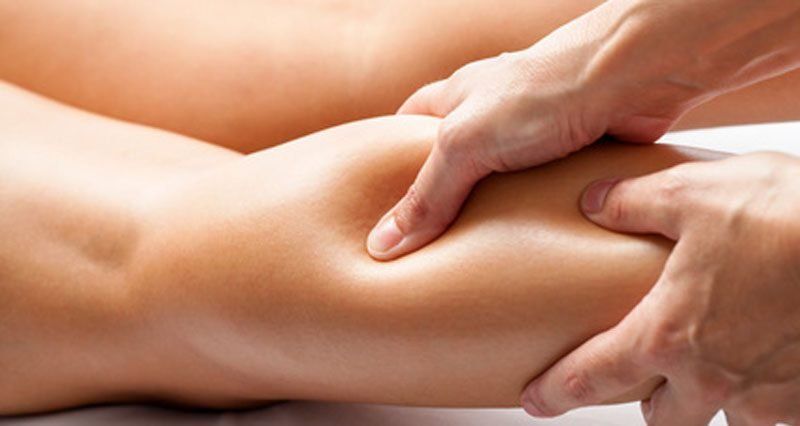
Where is fascia located in the body? Fascia is a sheath of stringy connective tissue that surrounds every part of your body. It provides support to your muscles, tendons, ligaments, tissues, organs, nerves, joints and bones. Does massage help fascia? Massage therapists can help with a technique called Myofascial Release that uses sustained pressure to loosen and lengthen constricted fascia. Cupping therapy is another technique that stretches and lengthen fascia with the use of vacuum cups. What does fascia massage do? Fascial release therapies are known to increase tissue flexibility and joint mobility. Massage therapists can help with a technique called Myofascial Release that uses sustained pressure to loosen and lengthen constricted fascia. How is myofascial release performed? Using light, manual pressure, your therapist will massage and stretch the trigger point, sometimes holding that point for a few minutes. Your therapist may repeat this process a few times on each trigger point they find, until they feel a full release. What can I expect from myofascial release? Myofascial release can be an intense experience. During a session, a massage therapist will massage, knead and gently stretch the muscles and fascia to work out knots. This bodywork technique also involves applying pressure to the tight or sore areas to get them to relax. What should I expect after a myofascial massage? You may feel tired or relaxed after your myofascial massage, however, most people experience an immediate feeling of relief. Aches and pains are common for for around 24 hours after your treatment as the body flushes the toxins that have been released out. What are the benefits of myofascial release? Myofascial release offers a host of benefits to your health and well-being, including: Reduces soreness and improves tissue recovery. Improves neuromuscular efficiency. Increases blood flow. Maintains normal functional muscular length. Improves joint range of motion. Decreases overall effects of stress on the body. What is the difference between myofascial release and massage? First of all, they each have a different focus. Massage works with soft tissue and the overall system of muscles in the body to relieve stress and tension. Myofascial release works specifically with the connective tissue (fascia) to relieve the tightness that causes muscle restrictions. What does myofascial massage feel like? During a massage treatment, when we stretch this tight tissue you could feel a burning sensation. This is a myofascial release sensation and is generally short lived and quite normal, but not felt by everyone. What happens when fascia is tight? Healthy fascia is smooth and flexible. However, when the body undergoes physical trauma, such as muscle injuries or surgery, the fascia is placed under stress and tightens up, causing muscle pain. What causes fascia pain? Factors that cause fascia to become gummy and crinkle up (called adhesion) include: A lifestyle of limited physical activity (too little movement day after day) Repetitive movement that overworks one part of the body. Trauma such as surgery or injury. What can damage fascia? Accidents, abnormal posture, repetitive movements, overextension injuries, or inactivity can all lead to fascial damage. What does damaged fascia feel like? However, when the fascia is damaged through injury, overuse, or dehydration it often has a domino effect, causing a series of painful symptoms to appear over time. You may experience stiffness, reduced range of motion, and increasing chronic pain. How long does it take for fascia to heal? Most injury to fascia heals within a six to eight weeks period. Occasionally chronic inflammation and pain affect fascia. This may cause problems such as painful movement or fibromyalgia. What makes myofascial pain worse? Myofascial pain may worsen if it is left untreated for a prolonged period of time. Additionally, you may also feel more pain if the trigger point or affected muscle is strained or stretched. What happens if myofascial pain syndrome is left untreated? Untreated, the myofascial pain syndrome leads to a reduced extensibility of the involved muscle with consecutive decrease of the range of motion and development of a muscular imbalance resulting in a disturbance of complex movement and evolution of a chronic pain disease. Should you exercise after myofascial release? Many therapists recommend clients avoid strenuous exercise for at least 24 hours after a bodywork session. Exercising after a session can both increase muscle soreness and compromise the value of the soft-tissue work you've just received. What happens to fascia as we age? As you age, your body produces less and less collagen. This has a dramatic effect on the fascia throughout your body. With less collagen, the fascia starts to dry out and tighten. It becomes restrictive, making it more difficult for the body to move efficiently. Can tight fascia cause nerve pain? As fascia stiffens through adhesion, fascia—rich in nerve endings in and of itself—can entrap surrounding nerves, leading to radiculopathy and a host of painful consequences. Who should avoid myofascial release? Contraindications for MFR include – but are not limited to – those with malignancy, aneurysm, acute rheumatoid arthritis, advanced diabetes, severe osteoporosis, and healing fractures. Your physical therapist can help determine whether or not MFR is an appropriate course of treatment for you. Can you do myofascial release on yourself? SMFR methods do not require the assistance of a physical therapist or fitness professional but can be performed by the individual itself and are considered an effective rehabilitation tool. Can you overdo foam rolling? When it comes to foam rolling, yes, you can overdo it. Excessively using a foam roller on a specific area can increase injuries and leave you in more pain. Instead, limit foam rolling to 30 to 90 seconds per muscle group and include 10 seconds stretching in between each roll.

